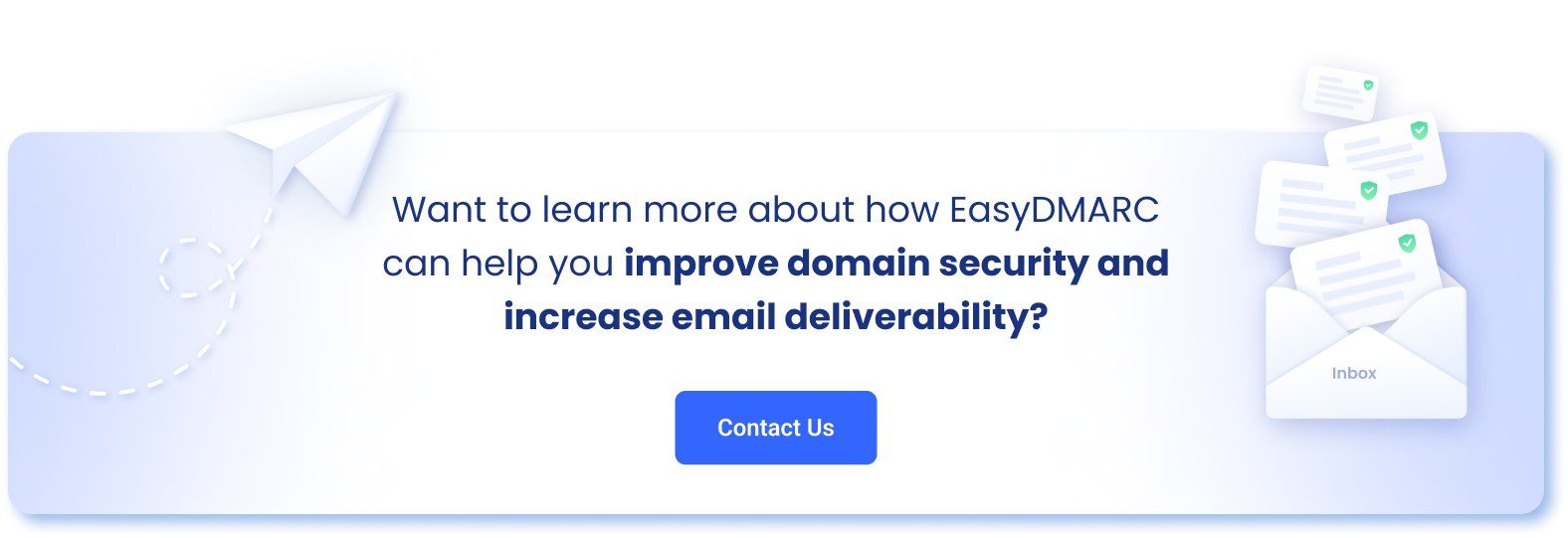Businesses that don’t pay extra attention to password-secured files and accounts often become victims of password attacks. In 2021, hackers used different password attack types, but brute force was used for more than 60% of the breaches.
This percentage is significant enough to compel a deeper understanding of the password attack definition, examples, procedures, preventive methods, and more. In this blog, we cover all of the aforementioned topics, so read on.
What is a Password Attack?
Now first things first: What is a password attack? Well, it’s a type of cyberattack where hackers attempt to access a file, folder, account, or computer secured with a password.
It’s generally done with the help of software that expedites cracking or guessing passwords. That’s why following a secure practice when creating passwords is vital, like avoiding using your pet’s name, nickname, apartment address, etc. These go-to passwords are too obvious, easy to guess, and successfully breached—, especially by those who know you personally.
How Does a Password Attack Work?
Password attacks in cybersecurity require special techniques and software. If a hacker is close to you, they may try guessing your password using a combination of names, hobbies, essential years, or numbers.
If that doesn’t work, they use specialized applications that scan through a list of words many people use as passwords. Surprisingly, over 75% of the internet population set passwords consisting of the first 500 words only.
With this in mind, imagine how easy it is for malicious actors to gain access to your crucial information!
That’s why two-factor authentication has become a necessity, adding an extra layer of security.
Example of Password Attacks
In January 2021, quiz website DailyQuiz (formerly ThisCrush) suffered a password attack where attackers exploited a database of more than 13 million accounts. The hackers stole plaintext passwords, email addresses, and IP addresses and put them on sale in the public domain.
A plaintext password is a way of sending or storing passwords in a clearly readable format. It’s extremely risky to store sensitive user details in plaintext format.
What are the Different Types of Password Attacks?
Every year, World Password Day is celebrated on the first Thursday of May across the globe. This initiative aims to spread awareness about the need to create strong passwords to mitigate password threats and attacks.
Here’s a list of common password attack types.
Phishing
Phishing is one of the password attack techniques where hackers send fraudulent messages or emails that appear to come from a genuine source. This could be a friend, colleague, or reputed company. There are two types of phishing attacks:
Regular Phishing
Victims receive phishing mail asking them to reset passwords due to security reasons. Hackers are successful when targets don’t confirm the sender’s authenticity before changing their passwords.
Spear Phishing
You’re directed to click or download a link in an email from a known sender. The link takes you to a malicious look-a-like website where you log in, inadvertently sharing your password with threat actors.
Brute Force Attacks
In a brute force attack, hackers steal passwords with the hit-and-try method using special software. You can prevent this by using a secure password manager.
Here are two variations of such cyberattacks:
Password Spraying
In a password spray attack, attackers use a selection of common passwords on a massive number of accounts. They attempt to crack the passwords of accounts in bulk, reducing the risk of getting traced.
Dictionary Attacks
Here, bad actors use a list of common words and phrases from a dictionary. This is the opposite of a brute-force password attack, as they don’t use character-by-character attempts.
These lists often include names of famous movie characters, pet names, and public online info like birthdays, etc.
Credential Stuffing
In credential stuffing, cybercriminals use stolen credentials to break passwords set for cybersecurity. This method is based on simple human psychology: We can’t remember too many passwords, so, let’s use the same password for every account, right?
Once hackers succeed in breaching one of your accounts, they use the same passwords on your different accounts.
Keylogger Attacks
Attackers use malware to attempt keylogger or keystroke logger password attacks. In cybersecurity, These attacks are among the most dangerous as they reveal even the strongest and most secure passwords. Hackers record keystrokes when you enter them.
This way, they can obtain other information as well. So, you must use encryption methods to maintain your overall digital and physical data security.
MitM Attacks
Usually, three parties are involved in man-in-the-middle or MitM password attacks: A user, a hacker, and a platform that a user is trying to access. Attackers position themselves between the two, disguised as legitimate websites but redirecting users to a fraudulent one.
Victims enter their passwords on this fake website, and their accounts are hacked. Traffic interception is a type of MitM attack.
Traffic interception
The objective of this password attack technique is to shut down a system so that users can’t access it. Then hackers secretly read and intercept information shared through unsecured wifi or unencrypted network connections.
How to Prevent a Password Attack?
Password threats can have severe consequences. So, practice the following preventive measures to secure your passwords and avert any damage.
Enforce Strong Password Policies
Ensure your password has a minimum of 8 characters and contains special characters, capital letters, and small letters. You shouldn’t use guessable words or names like your nickname, pet’s name, favorite food, holiday destination, birth dates, etc. People who know you personally might crack such passwords.
Also, use unique passwords for every account, device, and file. Otherwise, hackers might use the credential stuffing technique to attempt password attacks.
Training for Employees
Conduct organization-wide training explaining everything about password attacks in cybersecurity and ways to prevent them.
Activate Two-Factor Authentication
Two-factor authentication adds an additional safety layer to your accounts by implementing OTPs, biometric authentication, software tokens, and behavioral analysis. So this way, hackers can’t access your account despite obtaining the password.
Use a Password Manager
Password managers help web administrators to store and manage user credentials. They also generate passwords for users following strong policies and best practices.
Final Thoughts
Hackers are always adopting new techniques to attempt password attacks. You must set unguessable and unique passwords for each account. Train your employees on password best practices and activate company-wide two-factor authentication for enhanced security.


